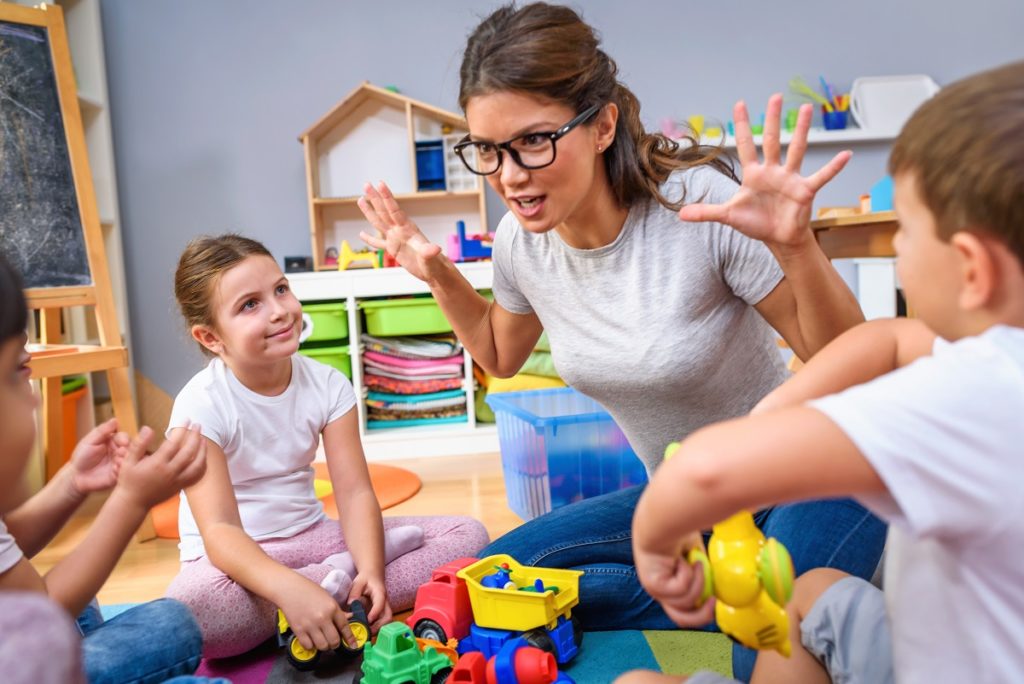Childhood gave us some of the best times in our lives. We spent hours of summertime afternoon playing ball at the ballpark or running around and going up and down poles and slides at the playground. We roamed the streets and knew almost everyone in the neighborhood. We played tag, hopscotch, jump ropes, and hide-n-seek. Whatever we got our hands on became toys.
However, they say that we are the last generation to experience quality playtime like this. Today’s generation of children has been ensnared by technology and devices. They are missing out not just on the fun but on the other benefits that physical play offers.
The Importance of Physical Playtime
Learning Development
The Child Development Institute says that 75% of a child’s brain development happens after childbirth. According to studies and researches, physical activities enhance a child’s concentration and learning, as well as motivation and well-being. This is why educational toys are encouraged for toddlers. It helps them to develop connections between their brains and nerve cells. An ideal learning-playtime set-up includes social interaction along with problem-solving skills.
Creativity Development
 As the connections between their nerve cells and brains develop and improve, certain aspects of a child’s development begin to improve as well, such as motor skills, social interaction, language, personal awareness, and creativity,
As the connections between their nerve cells and brains develop and improve, certain aspects of a child’s development begin to improve as well, such as motor skills, social interaction, language, personal awareness, and creativity,
Think of it this way: Do you recall a time in your childhood where you pretend-played? Did you ever wrap a towel or blanket around your neck and made-believe you are a superhero ready to take flight? What about that time you picked up a twig and it became the most versatile weapon ever to fight bad guys with — a sword, a bow (or arrow), a rifle?
These were simple yet effective ways that helped boost your creativity and imagination. Some studies even indicate that creativity nurtures a child’s emotional health.
Physical Development
We are all aware of how playtime during a child’s early years helps develop their gross and fine motor skills, hand-eye or foot-eye coordination, and strengthens their cardiovascular strength. Children need at least one hour of physical playtime in a day for optimal muscle and organ development.
Types of Physical Play
Outdoor Play
As physical playtime and activity require plenty of space, the outdoors is still the best way to enjoy any physical activity. Going to the park or playground and having them run around for an hour or two is always something young children will look forward to and get excited about.
If you have money to spare, you can even build a playground in your backyard. You just need to look for the best people that can do custom metal fabrication in Utah, California, or anywhere else in the U.S.
If you have a good neighborhood rec center, you can bring your children there so they can play with other kids, too. An afternoon on the streets outside your home playing street hockey or any street game with the neighbors’ kids is also a great playtime.
Indoor Play
For those times that playing outdoors isn’t possible, there are other ways to work around it. You can move furniture around the house to create space for some dancing, duck-duck-goose, some indoor bowling (with a playset, of course), and other types of guided physical play.
Technology and Devices
While technology has been a huge blessing at this present time, more kids have been trapped in the passive play offered by these modern technological devices. Some screen time is not harmful provided it is regulated and that physical movement is never restricted or neglected by the use of such handheld gadgets.
Physical activity and playtime should never be taken for granted. It offers a lot of benefits that passive play does not. Minimize gadget-time and encourage more active playtime. You can even join your children as they play. These are great memories that they will hold on to as they grow. You’ll probably even thank yourself in the future for playing with them.


